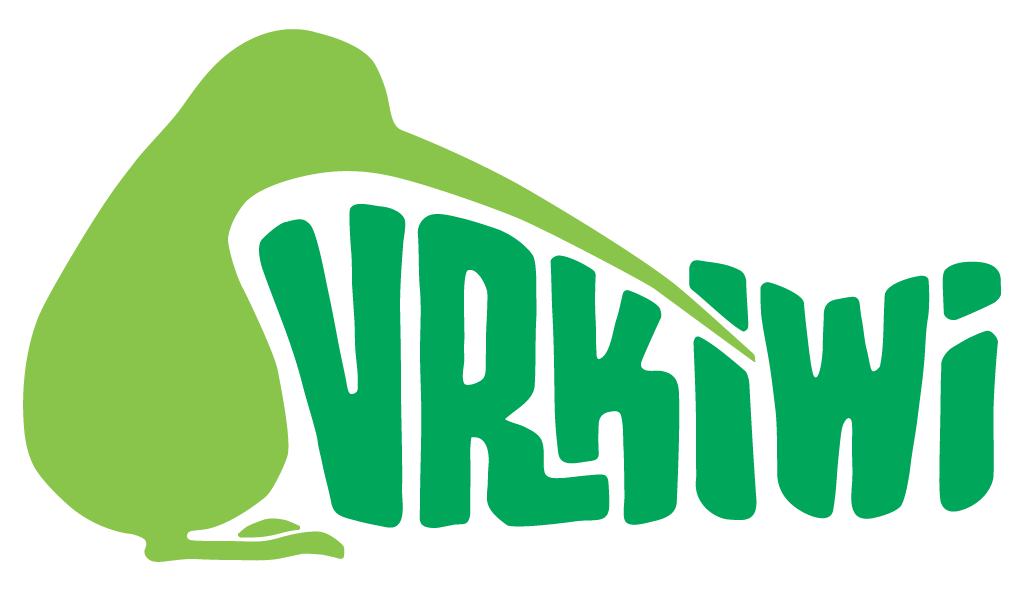Hello mortals! This is me, Begüm. Your fellow Marketing Witch of Cave Digger & VRKiwi.
I wanted to steal you from the developers for a while and show you what’s cooking on Cave Digger 2: Dig Harder’s marketing cauldron. I hope you find some useful tips in this article about how to market your VR game, so grab your favorite drink, and let’s begin

It all started in 2018 with Cave Digger’s release. Cave Digger was our first VR game and we all learned a lot about what works and what doesn’t in VR game marketing based on our experiments. It was scary and exciting to be in this niche market and find our way out, especially if you don’t have that much of a budget for the paid advertisement. You gotta stay dedicated and do your best and that’s what we did. I think it’s safe to say that it’s kind of worked, because until now, we sold nearly 100K units with 1Million USD revenue. Crazy, isn’t it!

Then just last Autumn my bosses dropped a new baby onto my lap: a sequel game: “Cave Digger 2: Dig Harder”; the biggest VR production coming from Finland in 2021 and I am responsible for Marketing and Communication. Yeah, no pressure at all
Now let’s talk about some important practises about how to plan a marketing timeline for a VR game.
Step 1: See the bigger picture

This photo above was taken on October 20,2020, 15:03, right after our first marketing meeting of the #CaveDigger2, which took nearly 3,5 hours. And yes, my handwriting sucks.
If you are marketing a VR game, the first thing you have to do is take a broader look at the bigger picture and try to understand what the big events are in the upcoming 1 year. This phase might look dark as you will only have a very vague vision and estimations about the game.
Do not mind the mess you see here because this chaotic whiteboard you see above, gave birth to a beautiful marketing timeline that helps us with our tasks almost everyday.
Step 2: Kidnap the Developers

Involve developers to big meetings like this where important decisions are taken. Ask them questions like: “-What are we going to call this game?”, “Can we call it this or that?”-When do you think we can have a prototype?”,,”-When can we release it the earliest?” etc.
If you are a developer who markets their own game, then talk to yourself and try to get some answers until the developer side starts to scream and runs away from you. Works every time.
Step 3: Fill the blanks

Now you have some possible dates and a better overview of the things, right! Awesome!
Mark them down and start to think about the actions you need to take near these important events you marked. You can detail it down with what kind of marketing materials you need, what format they are going to be, where to use them and the workshare.
This is also a good time to think about your channels, and how often you can post content there. Do not forget about the game journalists and press releases! Make sure you use every chance to show how great your game is.
Step 4: Feed the baby

The first marketing roadmap draft you create will look like crap but it is ok. It’s made to help you build your first version without too much details, so don’t demotivate yourself about the marketing actions yet. After you put these ideas on paper, it will be a living, breathing organism that grows with your game and your ideas in time.
Don’t forget; creating bonds with humans takes time and experience. We communicate through images, symbols, creating personas & trying to be friends with our players. Therefore focus on providing great quality materials with a nicely set tone.
In the next marketing episode, Our Audio-Visual Producer Susana will write about the importance of marketing materials. Until then, you can check and wishlist Cave Digger 2: Dig Harder on Steam: https://bit.ly/2RayKmS
Stay safe and alive!
Begüm.
Random development quote: “This Satan’s device doesn’t work“.


